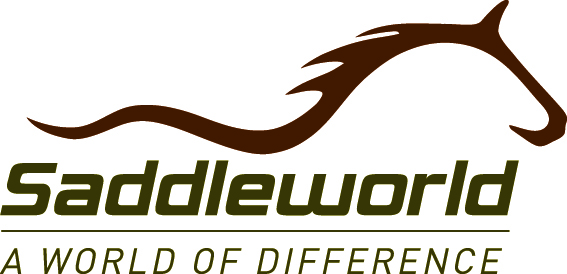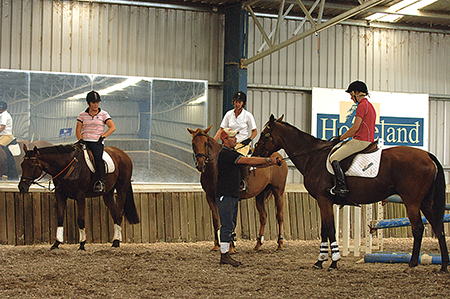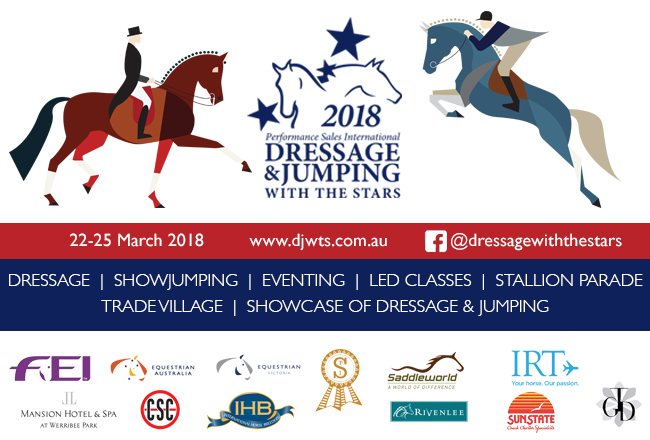Story – Chris Hector Photos – Roz Neave
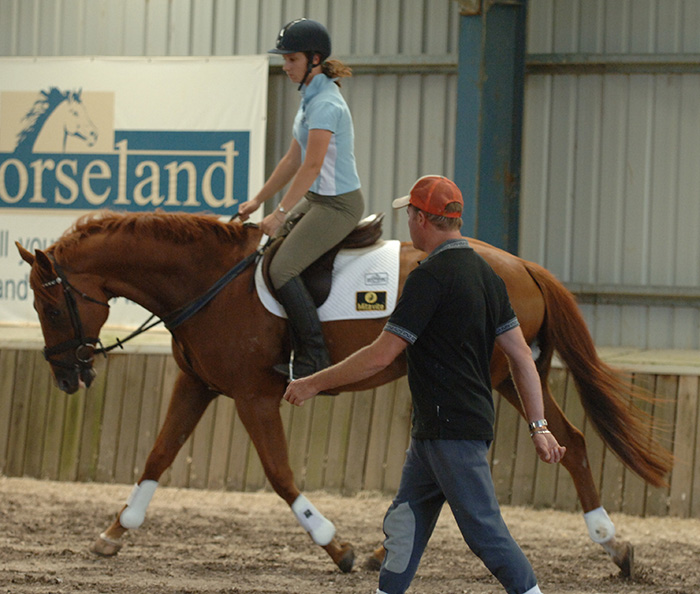
Vaughn Jefferis was an integral part of the Kiwi Dream Team that dominated international eventing for a decade, and was always regarded as one of the most stylish jumping jockeys of his era. Which was not surprising, since Vaughn, like the rest of the fab four: Blyth Tait, Mark Todd, Andrew Nicholson, had jumped his share of top class showjumping tracks on his way to eventing glory. And Vaughn had always been quick to pay tribute to the influence of the most stylish of the Kiwi showjumping riders, John Cottle, in his equestrian development.
Click to see the new Pessoa Tomboy – and visit the Saddleworld stand at DJWTS and see it for yourself!
And did he have amazing new and startling things to tell the riders? Of course not…
“It’s just the basics isn’t it? And getting the basics right and teaching the horse to go in a classical way.”
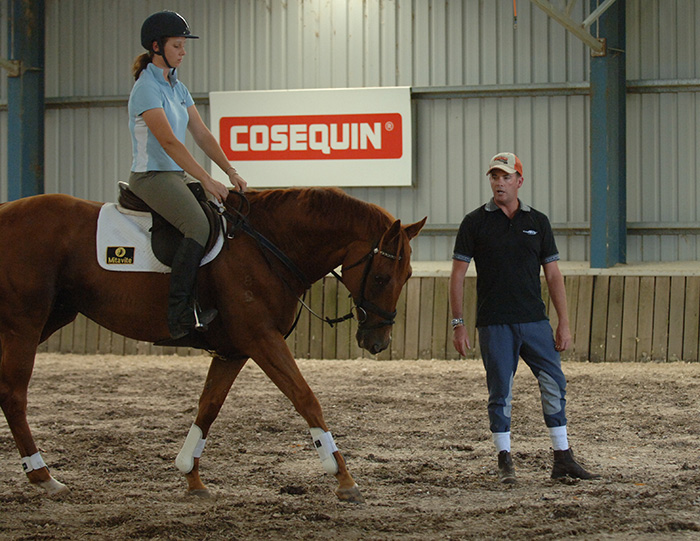
The first session I sat in on, was Vaughn working with the organizer of the clinic, Ebony Tucker, riding a very nice type of chestnut Thoroughbred. And Vaughn was happy with the progress:
“I worked with Ebony at Equitana, and I’ve seen a huge improvement in the horse. It was quite a green horse at that stage, and it has come along quite nicely. He was very un-established in his paces then, and now, you can see he still has a way to go but there is some cadence and rhythm and balance – which it didn’t have before. Ebony is a nice kid to teach because she tries pretty hard.”
Which is more or less what the trainer expects – max concentration and max effort. The warm up is the sort of warm up that you see in good training yards the world over, no matter what the discipline. Stretching, shortening, bending, lengthening, round the inside leg, onto the outside rein:
“Don’t get stuck, now forward, now back, open up and let him stretch, ride forward, and close him up. Get a nice forward swinging.”
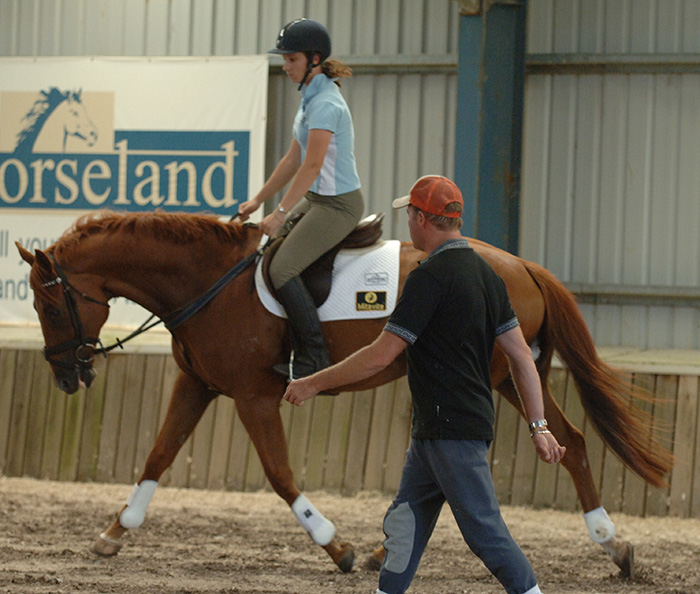
And even in the flat work, Vaughn was onto one of the pre-occupations that will flow through the session – eyes.
“In the counter canter, keep your eyes forward, show him the way…”
After the obligatory poles to little crosses, Vaughn is working on getting a shorter more powerful jump, asking Ebony to take the double as a steady five stride distance rather than a forward four:
“There are three choices on a related fence. Once you’ve jumped the first you’ve got to decide whether you stay on that stride, or lengthen or shorten. Keep looking at the fence when you land, that way you get the feeling of how that fence is riding. Make it a waiting ride, arms elastic, stay back with the shoulders, make the horse wait. In related lines you don’t want to come to the last stride still adjusting. Do the work earlier. You came in a little indecisive that time – you’ve got to get the canter established earlier.”
“Keep it smooth and elastic with your arms – when he tries to grab, you just stay calm and elastic, look at the fence, feel the distance. For him to show some shape, you’ve got to allow him, elastic arms or he will jump like a banana. If you get your arms too stiff and grabby, he just runs away. Get more leg around the horse and less hand, relax your hand and soften your arm. Close your legs, soften your hands and the horse will just pop up underneath you.”
Later Vaughn talked about the strategies Ebony had to use to eliminate that last-couple-of-strides rush to the fence:
“I think that often it is due to the rider, the rider often hasn’t found the distance – so then the rider panics, and if the horse is hot, they have a tendency to want to run forward, and with that ride, they make the horse even quicker in the last stride. The hardest thing is to get the rider to wait for the distance, and to trust that.”
“The rider doesn’t have the confidence in their own eye to sit still and wait for that last stride. That’s just mileage. If I was going to train that rider more, then I would have exercises like two poles, out of a turn, and make her canter the pole, on a related line on a curve in four strides, and I would probably do that 500,000 times til she could just sit still, come to the pole, jump it out of that rhythm, sit still, come to the pole, jump it out of that rhythm, sit still – then eventually her eye would become so good that she would be able to trust herself and that would take away the issue of the horse getting strong in the last couple of strides to the fence – because with those exercises she would be able to find that distance out of that balance, and it would just become second nature for her.”
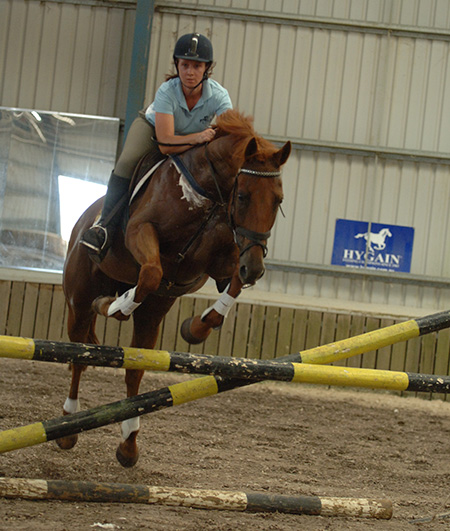
You were saying that she should be more decisive further from the fence?
“She has to decide what she wants – the two mistakes she made, she was coming through the turn, then on the last three strides she broke that rhythm up and she made the mistakes because she didn’t quite trust herself with what she had seen. Then on the last ride, she kept that short canter coming – she kept it, she kept it, she kept it, so she could just wait for the ride that time, and that’s why it worked.”
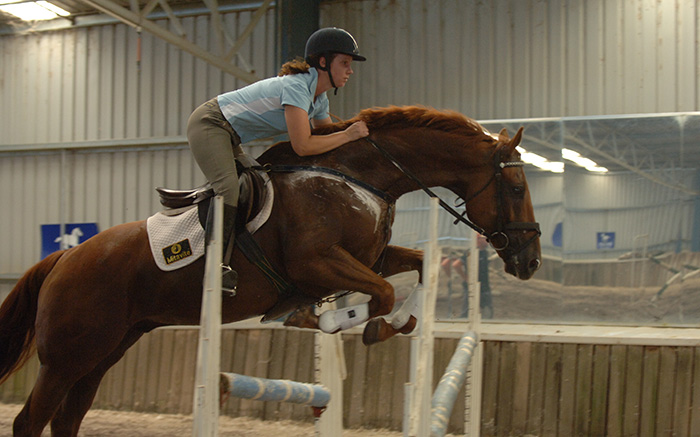
Is this how you train your cross country horses – showjump rails in an arena?
“A lot of the time I do. If your eye is developed, then the confidence gets better and better, because they are not having to worry about getting to the jump – all they have to do is worry about getting over the jump. With Ebony, I thought it was a confidence thing. She wasn’t trusting herself, so she couldn’t be decisive in what she wanted. When we talked about that on the last ride, I helped her from the corner – before I had just left her to come and find the jumps by herself. Then on the last ride I worked with her, through the turn, and she’d seen it, and she was way more confident in the decision she made. To me, that is why it worked.”
“That’s what I do with kids a lot, just work with poles to get their eye. Once your eye is good, then you don’t have all that other insecurity that goes with the jumps. Insecurity or confidence – it’s one or the other.”
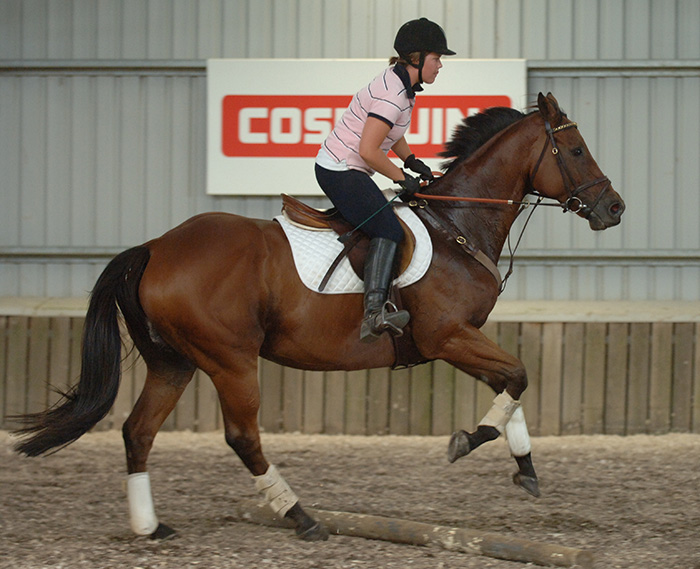
“The other thing I try to emphasize when I teach is that you can just canter and jump out of a rhythm. Rhythm is the first thing I try to teach because rhythm gives you balance, and then as your rhythm becomes more established and your balance gets better, then your eye also improves – they go hand in hand with each other. The better the rhythm the better the balance, the better your eye becomes. They are the three keys to jumping for me.”
That and rider position:
“I teach kids on the lunge a lot, I teach them without their reins and stirrups so they have to develop their leg, canter the rhythm, canter the rhythm, jump the jump all the time. The better the rhythm, the better the distance most times, unless they are completely useless, and you don’t get too many riders like that… luckily!”
Later in the afternoon the day finished with a lovely group of three riders, Hayley Smith and her nine year old Thoroughbred, Mighty Impetuous, Robyn Vowles and her homebred chestnut mare, Ellesmere Cailin (by Woodmount Carrick) and Amelia Grevis James, on the sweetest 12 year old bay Thoroughbred, Summer Fox.
“Three nice girls, I liked teaching them. They all went very differently, but they all achieved quite a lot in that time. I think they had a good understanding of what I was trying to teach them and they had quite nice basics. The thing about most people is that you’ve got to work it through with them mentally. You could see with Robyn, she is very happy if the distance is a very quiet waiting distance because then she is in her comfort zone, but when she has to open the stride and move to the jump, that mentally is quite difficult for her. That takes quite a ride. So if I can help them mentally prepare, it helps them ride that not-so-comfortable distance more comfortably. And they end up with a feeling of satisfaction.”

You were talking a lot about the importance of eyes?
“Keeping your eyes focussed forward, so you keep finding the distance. Half the problem with riders is that they don’t prepare enough for the fence. They come round the corner and they are not really focussed on the fence. They should start looking for the distance fifteen to twenty strides away. You keep looking at the jumps, you keep finding some kind of a ride.”
Hands again?
“Hands again. It can be an issue. What happens with riders is that when they don’t see a distance, their first reaction is to grab. It’s all very well to grab the reins if you are doing something positive like closing the stride up. If you’ve seen the distance and you need to close it, I’m happy for them to take hold of the reins, but when they grab seeing nothing, then they pull themselves into a problem. I’d much rather if they didn’t see a distance, just to keep a feel of the reins, with their leg on, and hopefully the horse has at least got the chance to jump out of a situation that potentially isn’t good.”
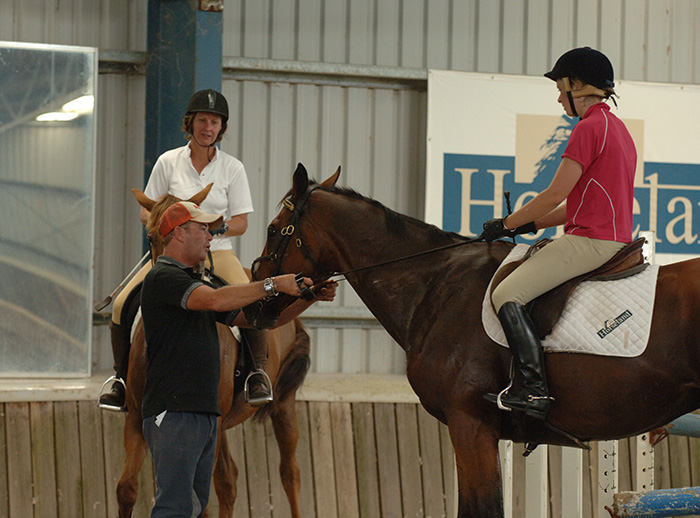
With a very green combination, it is always a problem, with not so experienced rider / green horse, to get the hand balance right – we saw that earlier in the day with a very inexperienced pair?
“It’s a hard thing to teach but I think if you can explain it clearly, and they understand why they need to do it, and you put it across in the right way, then it helps – as you could see with the girl you are talking about. Her problem is that the horse is green but strong, and she was grabbing it and that was making it worse.”
“It’s like helping someone driving a car on a gravel road and it gets into a slide – you’re initial reaction is to slam on the brakes and all that is going to do is pile yourself up in a crash. But if you put your foot down, then hopefully you can ride out of it, it’s the same with the horse, you’ve got to let go and go with it. While it feels a bit scarey at the start, if you are consistent with it, the horse learns to defuse that tension and it stops running against you because you don’t give it something to fight against. Then eventually the horse will start to relax, and it gets the idea – if we let go, it will let go and the whole thing just starts to soften from there. But it is a slow process.”
Like any real education, it is a slow process, building each block, putting into place the basics. Thank you Vaughn for reminding us of a few of the most important lessons. And the good news is Vaughn is the judge of the Young Eventers at this years DJWTS.



